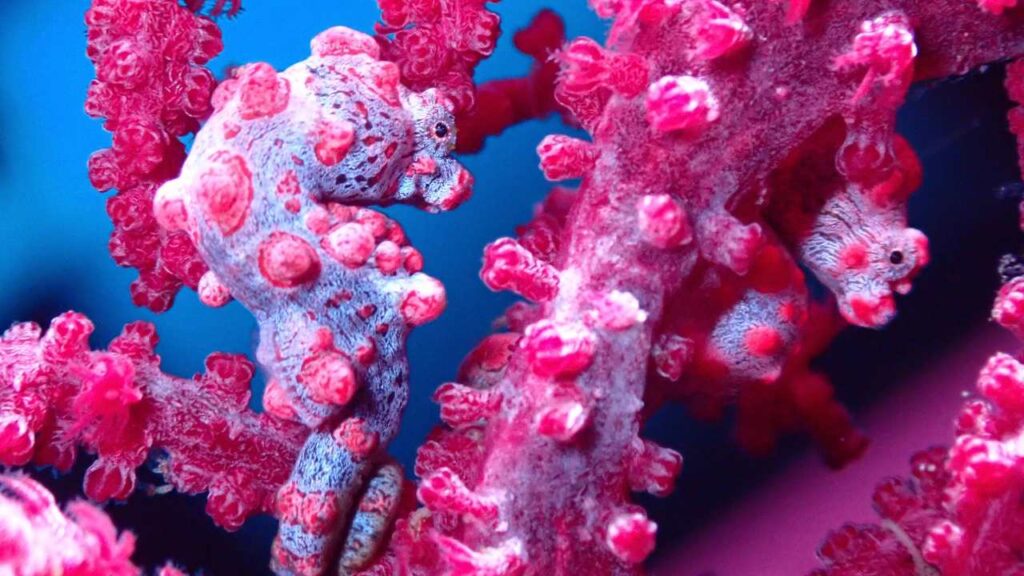The nature of a few animals and species to blend in with their surroundings is a marvel to behold. The art of disguising – Camouflage, is not only a survival tactic but also an ingenuity of evolution. From geckos to jaguars, these animals can adapt to their environment to evade predators and hunt their prey. Let us now explore 15 examples of camouflaging animals in the wild.
Mossy Leaf-Tailed Gecko
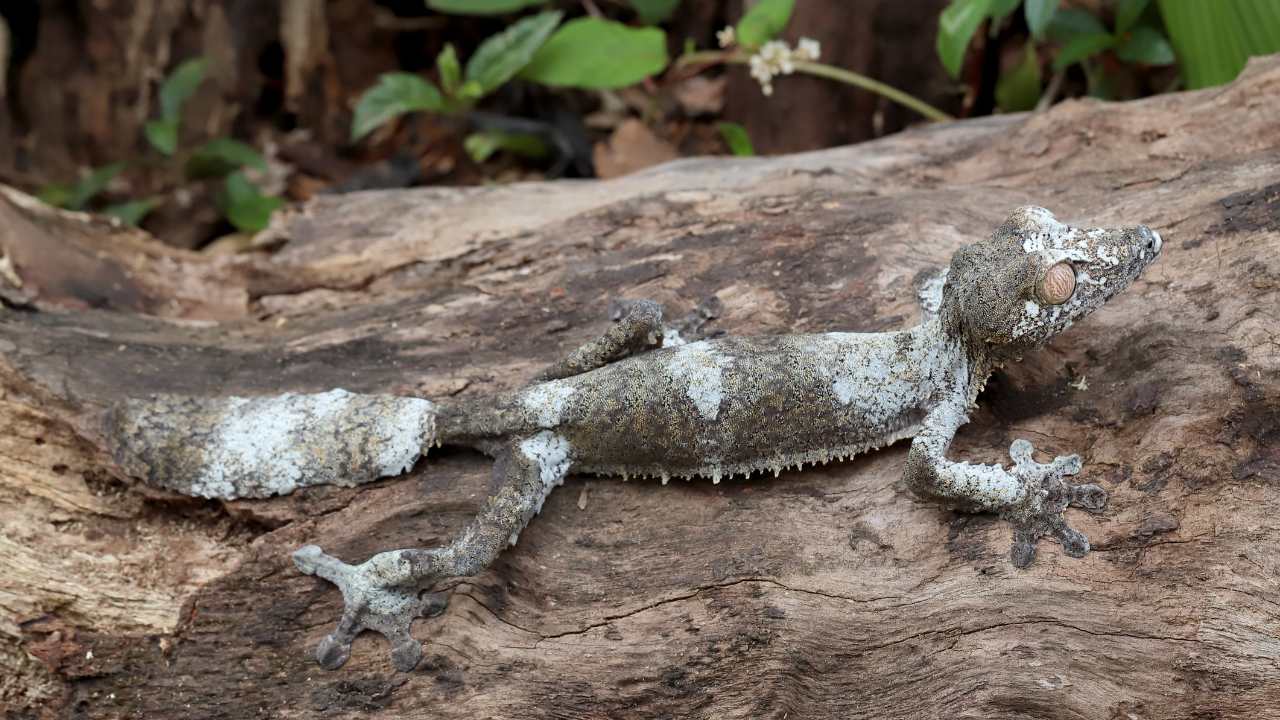
They are found in the rainforest of Madagascar. As the name suggests they have a moss-like appearance in the tail with flattened body shape. The Mossy Leaf-Tailed Gecko’s camouflage is incredibly effective that it can be difficult to spot even when hiding in plain sight on a tree. The skin color is a perfect combination of green, brown, and gray matching the forest environment. The camouflage not only helps to escape from the predator but also sets an ambush for the prey.
Eastern Screech Owl
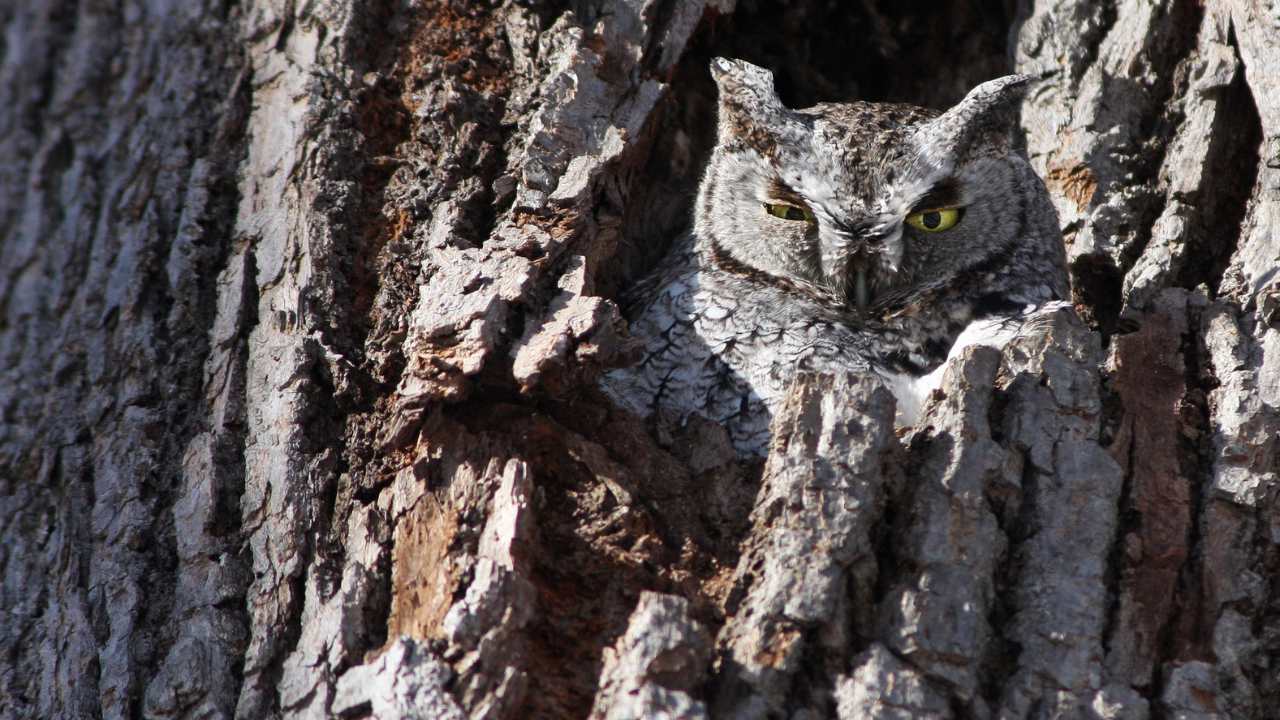
The body of the Eastern Screech-owl makes it seamlessly blend with the bark of the trees. Their compact body shape and feathered tuff resemble broken branches. They are known to remain motionless when threatened. Eastern screech owls prefer wooded habitats which enhance their ability to blend into their environment.
Chameleon
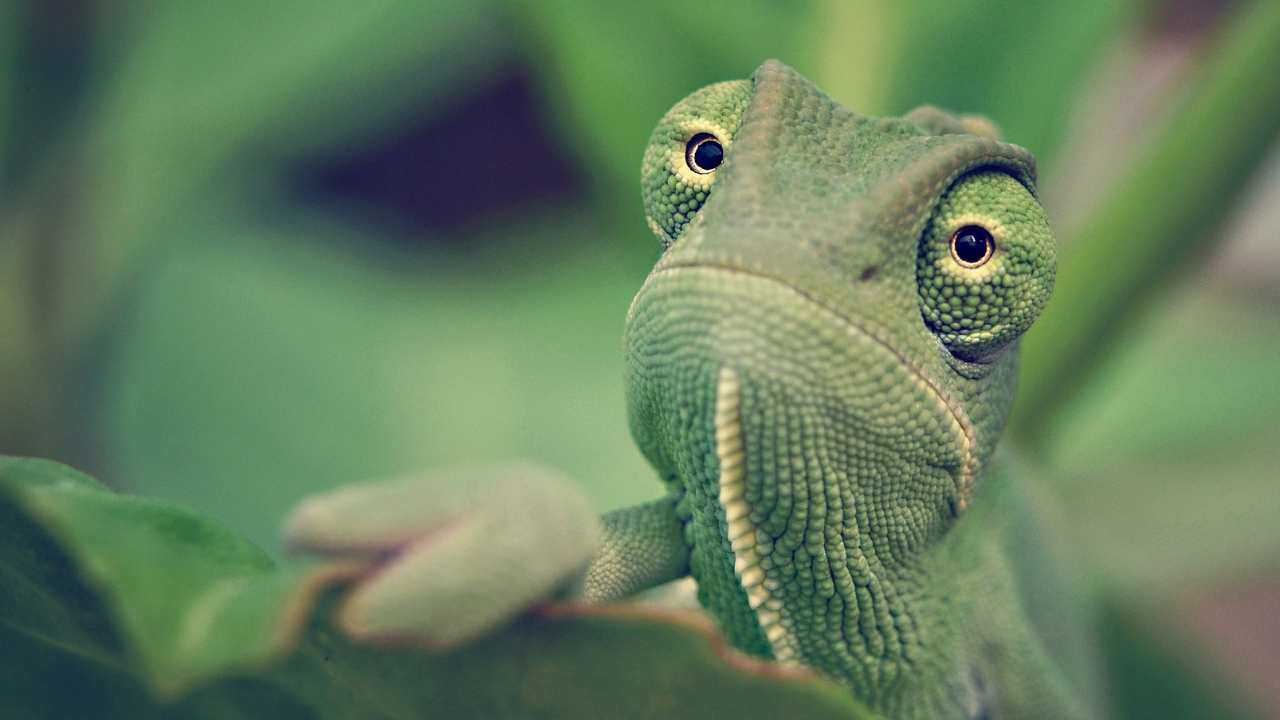
One of the iconic symbols of camouflaging is Chameleon which is known for its remarkable ability to change color. They possess specialized pigment cell called Chromatophores which helps in changing color according to the environment. The color change helps in conveying emotions, establishing territory, and attracting mates.
Tawny Frogmouth

Tawny Frogmouths are nocturnal birds that are mostly active at night. Their feathers look like tree bark making them adaptable to the tree. They have an astonishing ability to sit stone still for long periods making them undetectable once they close their eyes and tilt their head backwards. These creatures wait for the prey to come near them as they remain camouflaged.
Katydid

Katydids also known as bush crickets have elongated bodies with a leaf-like appearance resembling the leaf they reside in. The vein-like patterns on the wings mimic the fine details of the real leaves. This camouflage helps them evade birds, frogs, and snakes.
Stonefish
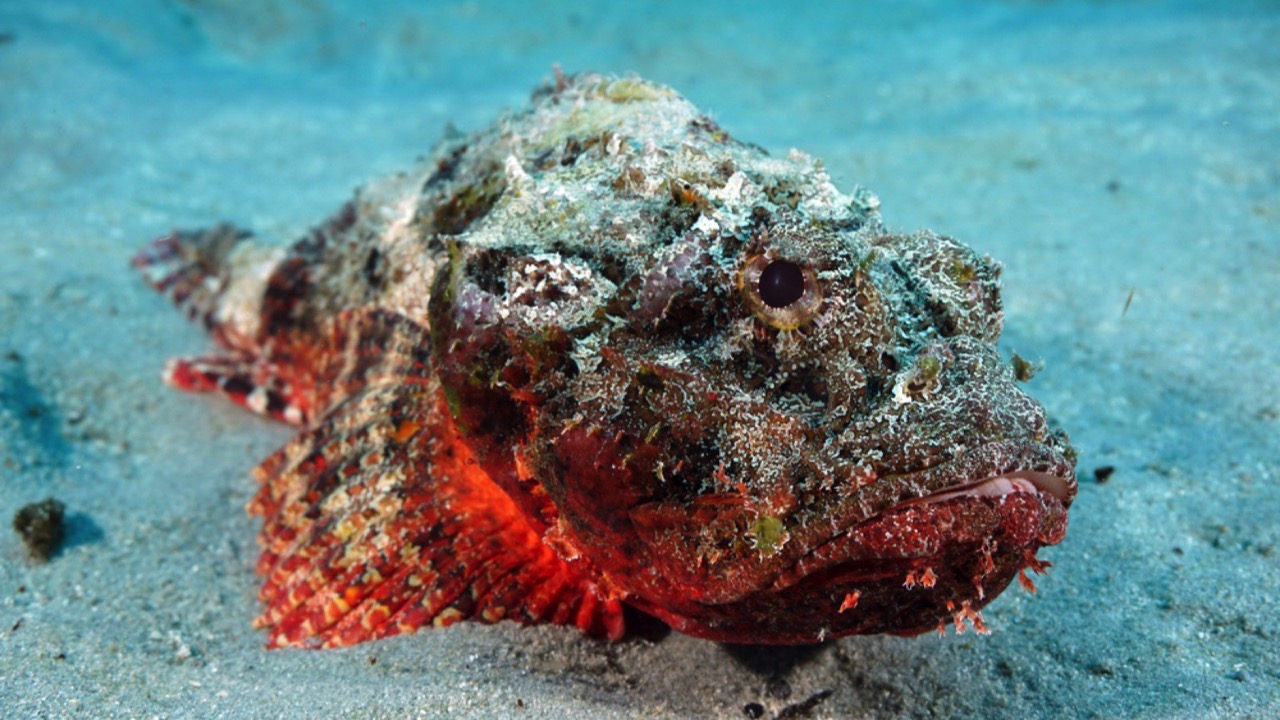
If you ever get spooky on seeing a coral-like structure with eyes during snorkeling then remember, it is a stonefish. As the name goes stonefish resembles the texture and appearance of rocks and corals found on the seafloor. These creatures easily camouflage themself on the seabed, waiting to attack the prey. Their venom is highly fatal to humans if stepped on.
Common Baron Caterpillar
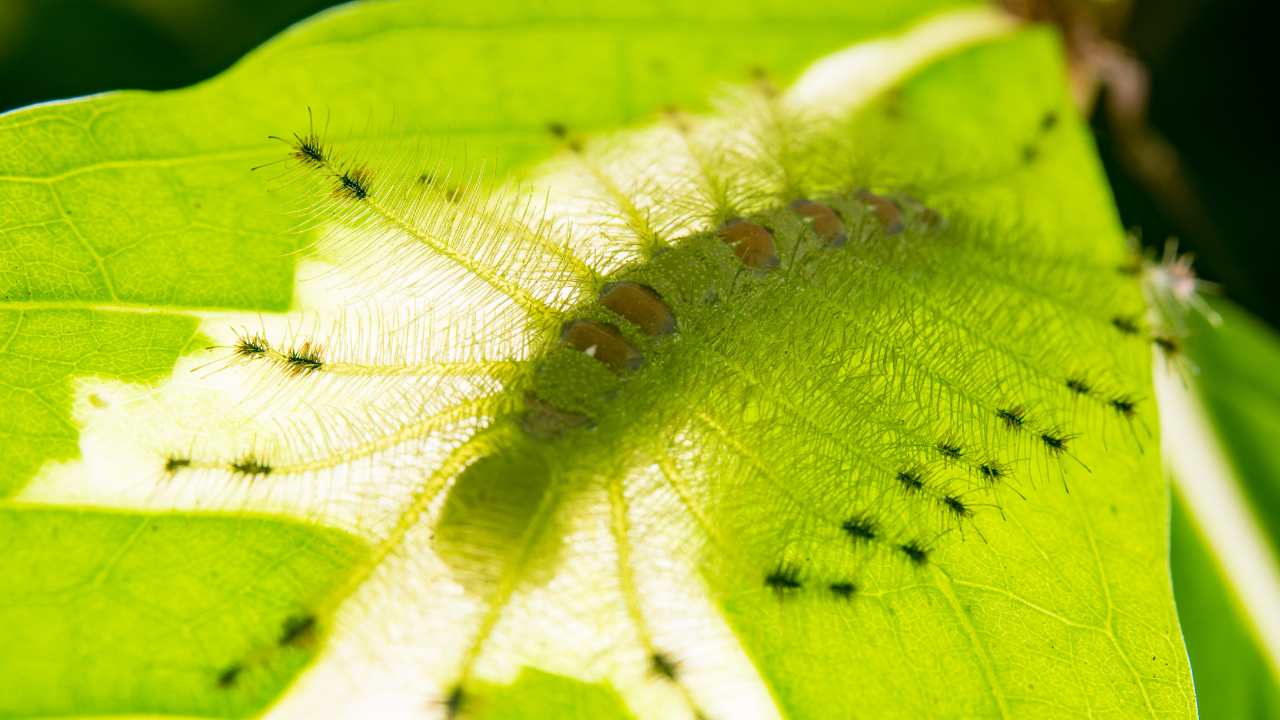
Baron Caterpillars are Native to India and Southeast Asia. Their body shape and markings help them camouflage with the leaves. They mostly feed on mango trees which creates tension between farmers. After feeding they undergo metamorphosis to emerge as adult butterflies.
Cuttlefish

The “chameleon of the sea” holds up to 200 chromatophores which allows the cephalopod to change color and create complex patterns. They also have an incredible ability to change the skin texture from smooth to rough mimicking the rocks and reefs.
Arctic Fox
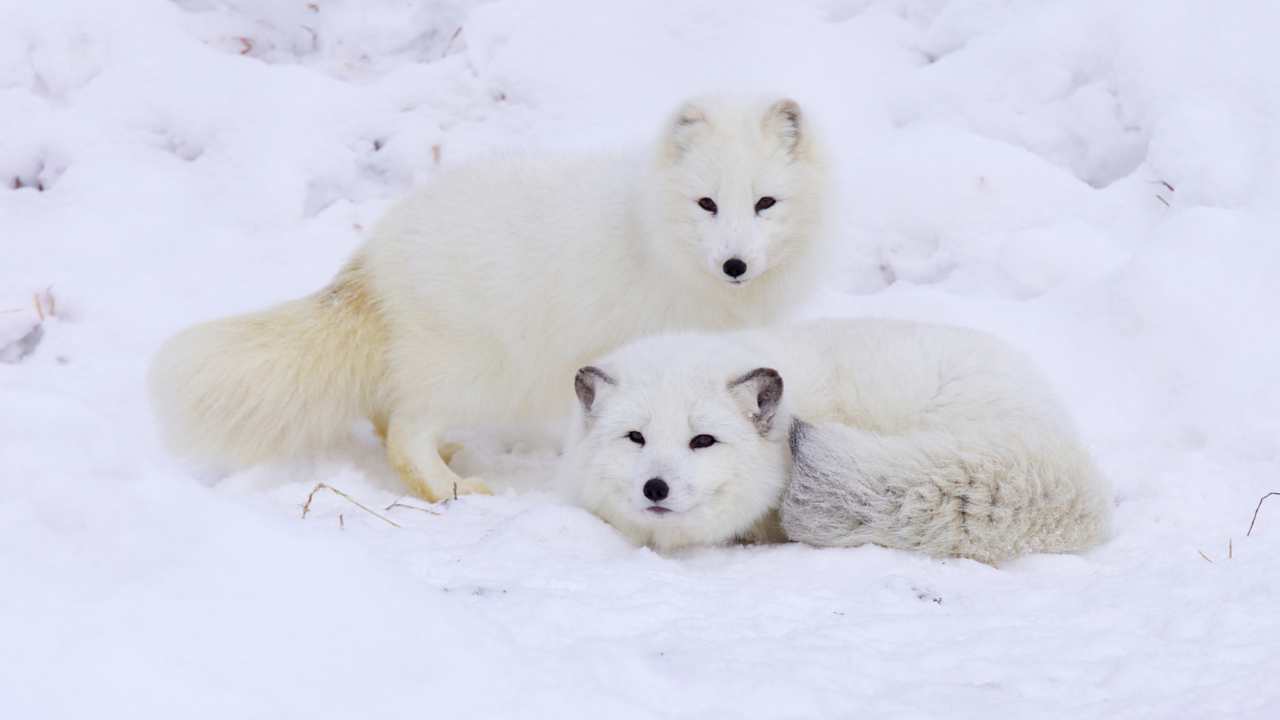
Arctic foxes live in the regions Arctic including Greenland and Canada. They have dense white fluffy fur which makes them camouflaged into the snowy surroundings protecting them from wolves, polar bears, and eagles. When the season changes, the color of fur is changed to brown which makes them blend into rocks and plants.
Flounder
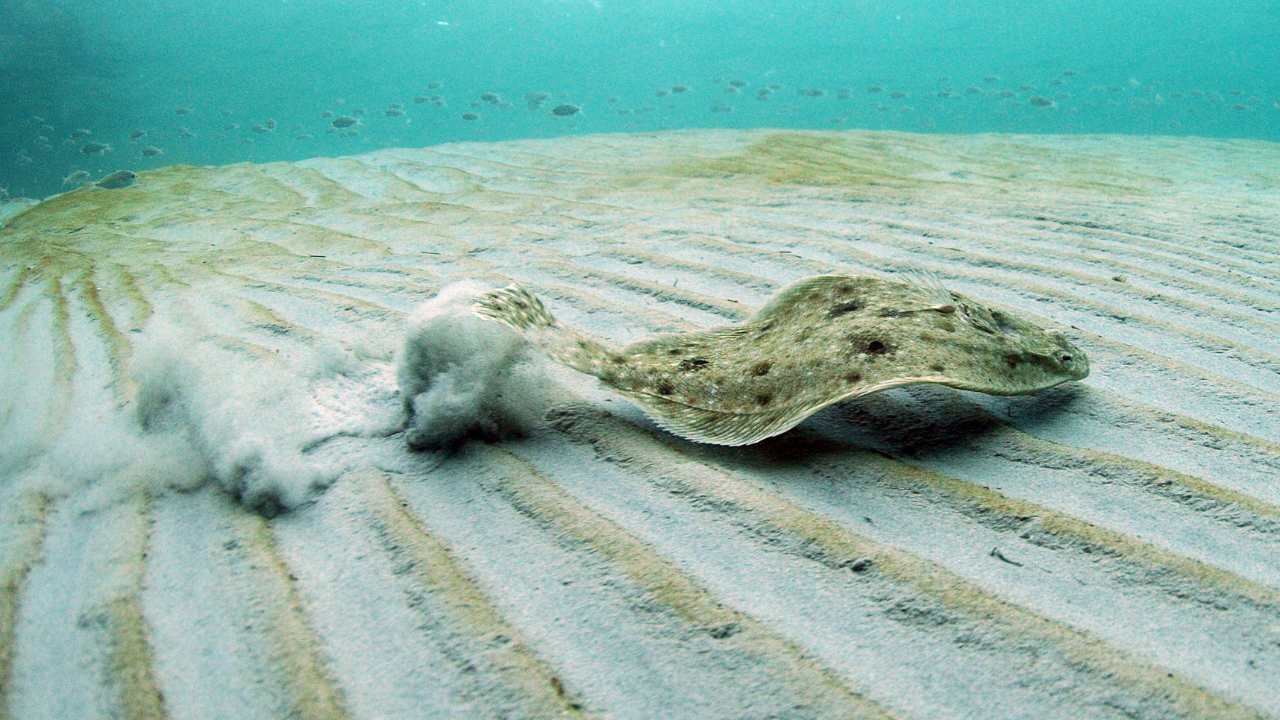
Flounders are flat fish found on the ocean floor. They lie on a seabed with a thin layer of sand with only eyes protruding out. Their skin changes color matching the environment making it invisible to predators. As they grow one eye migrates to the other side of the body.
Stick Insect
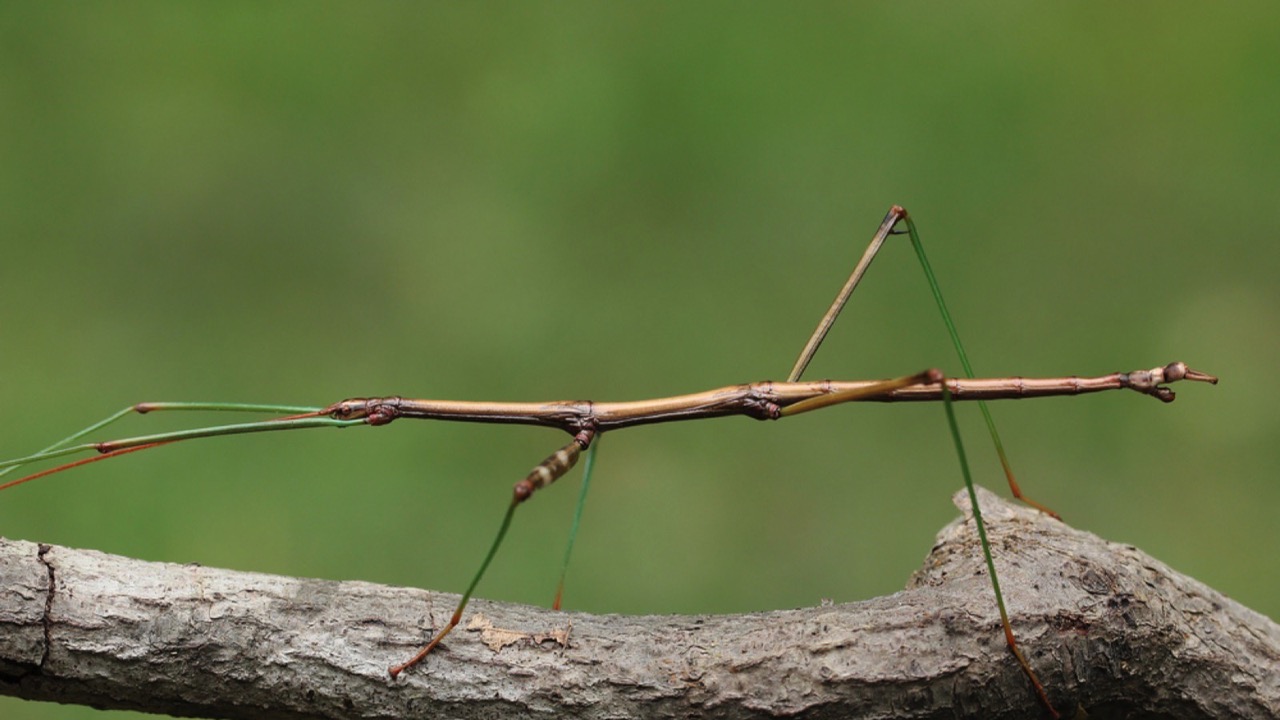
Stick Insects have elongated cylindrical-shaped bodies resembling twigs and branches. Their body color, appearance, and movements mimic the tree branches protecting them against predators. Stick insects can remain motionless or gently sway in the wind just like a leaf when threatened.
Jaguar
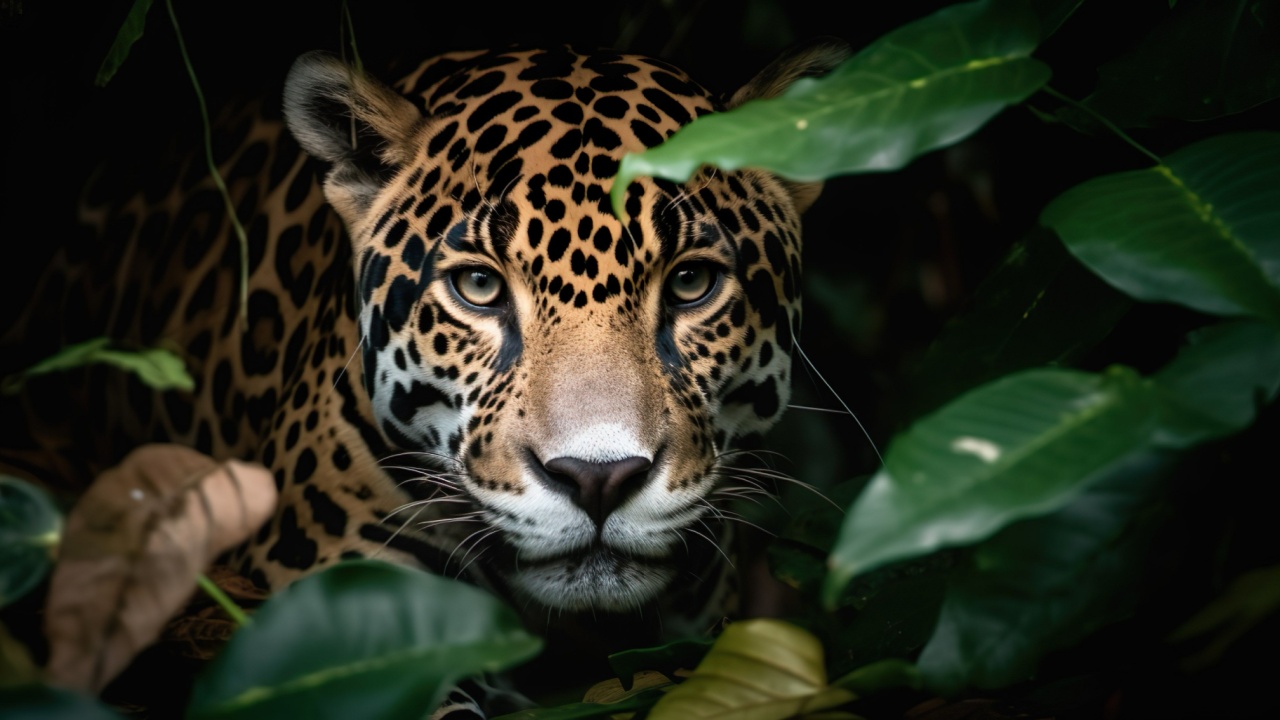
The powerful big cats are the largest predators in their native habitat. Though they can be confused with leopard and cheetah, tawny fur with black rosette-like spots makes them recognizable to us but invisible to animals. This camouflaging makes them skilled hunters where they can even take down deers, capybaras, and even caimans.
Egyptian Nightjar
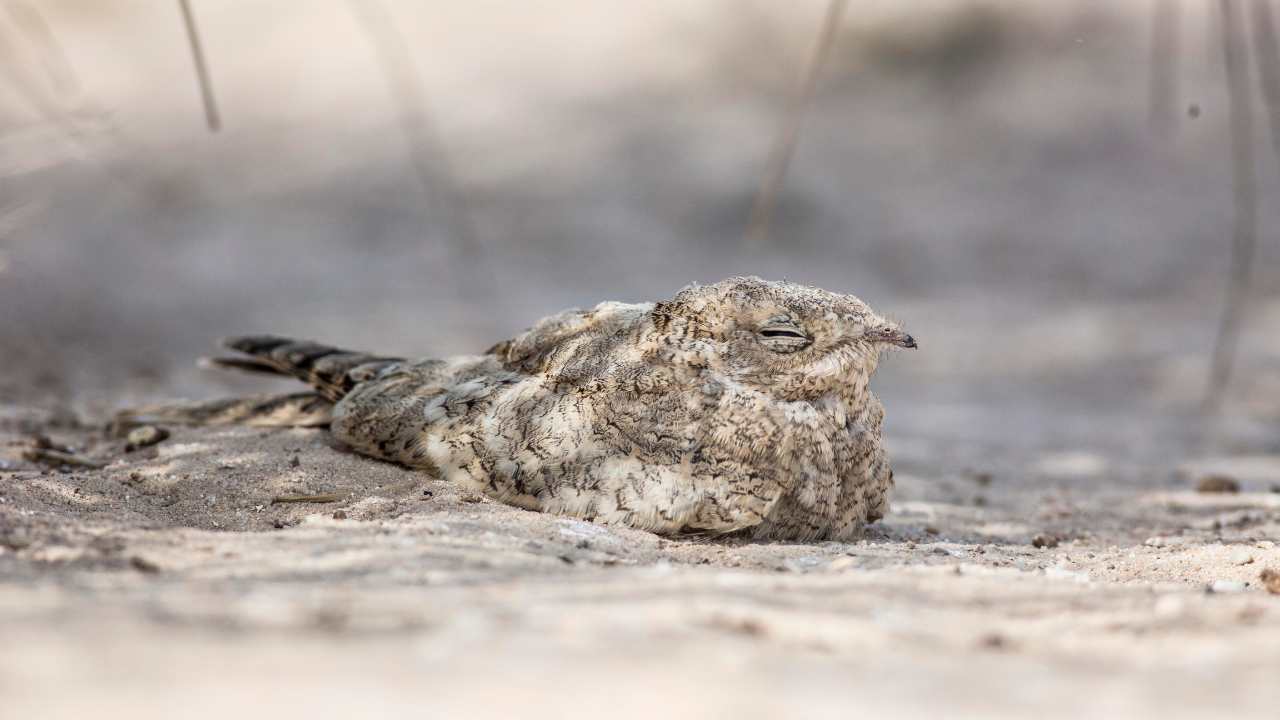
The Egyptian Nightjar is a nocturnal bird. Its mottled brown and gray plumage-like appearance helps them camouflage during the day. As they roost on the ground during day time this camouflaging helps them blend into the desert habitat making it difficult to spot among rocks and soil.
Pygmy Seahorse
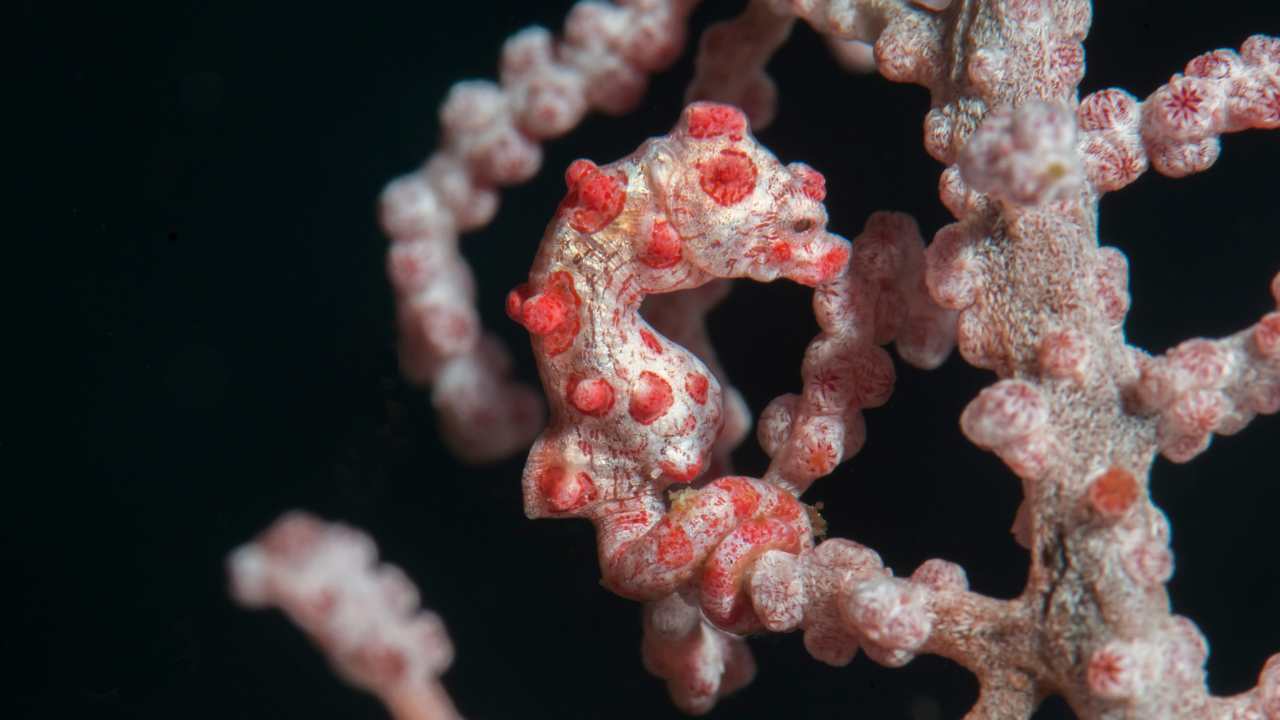
They are one of the smallest species of seahorse measuring 1 to 2cm in length. Pygmy seahorses are found on coral reefs of Indonesia, the Philippines, and Australia. Their specialized skin appendages called tubercles resemble the coral polyps allowing them to blend perfectly into their surroundings, making them incredibly difficult to spot.
Mimic Octopus
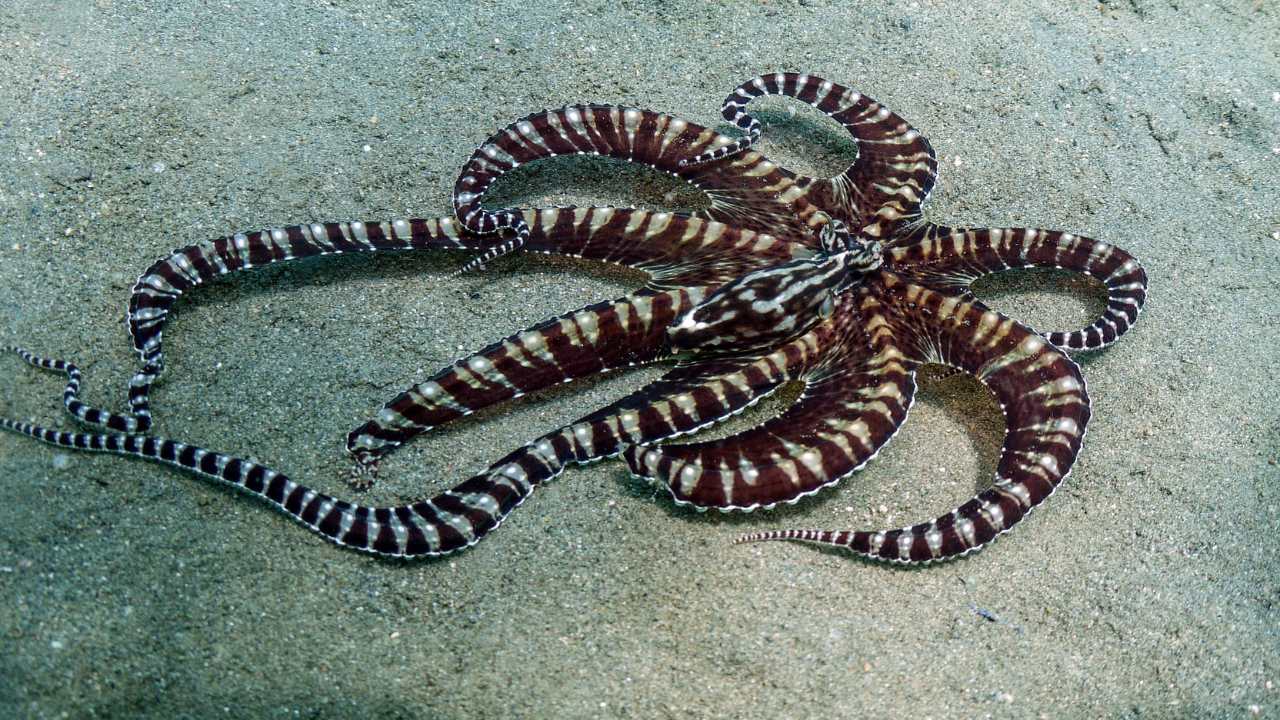
Mimic octopuses are found in the Indo-Pacific region. Like other octopuses, chromatophores are used for camouflaging. It can mimic various marine animals, including flatfish, sea snakes, and lionfish, by altering its posture, color, and movement.

